Staying dry in the wilderness
Staying dry in the wilderness
When you head out for a wilderness hunt, you want to pack as lightly as possible. But how do you remain dry and warm, and when you do get wet, how do you dry yourself if you cannot make a fire? We give you a few insider tips.
If you have ever spent real times in the back country, you have properly been soaked. There is really no way around it: No matter if you have the best gear money can buy, water will still find its way in at some point: You may step in some water deeper than expected, you may slip as you try jumping a creek.
There are literally endless ways of getting wet, but the most importing thing to remember is that you can never get so wet you cannot get dry again. The art is knowing how to stay dry the longest, and when you do get wet, how make the time being it more tolerable, and how you can easiest get dry.
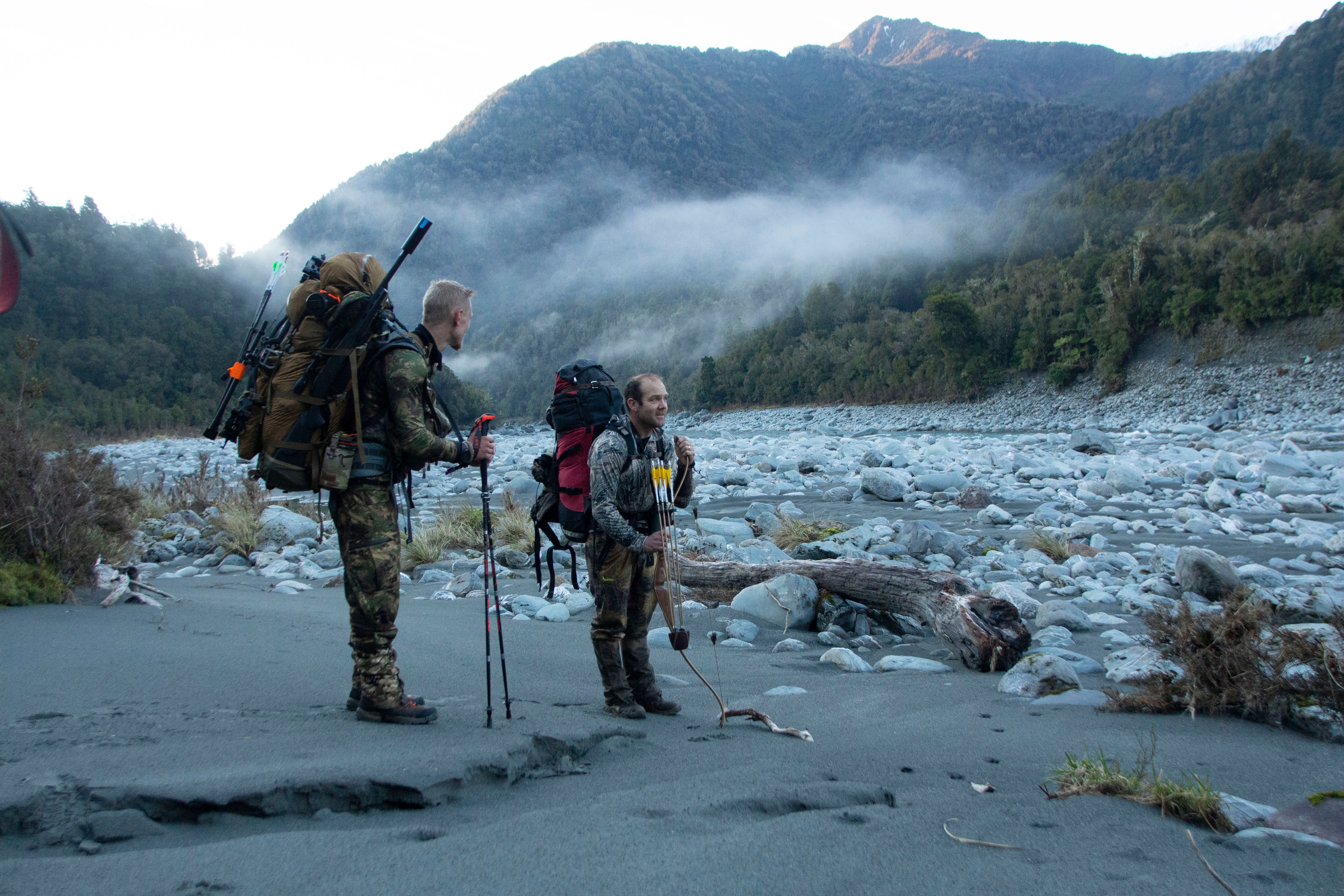
“The art is knowing how to stay dry the longest, and when wet, how you can easiest get dry.”
How to use a membrane
Let us start with the most important thing when it comes to stay as dry as possible, and your outer shell. An important thing to remember is that no piece of clothing with a membrane is 100% waterproof. And that is a good thing! PVC rain gear is absolutely waterproof, but if you have ever tried walking in that you will soon have found yourself soaked, not from rain but by your own sweet. Modern membranes, however, are awesome, and if used the right way, you will at worst only have a few damp spots on the inside.
First you must know how a membrane works. We do not need to get super technical to understand how you can use it best. A membrane is a piece of fabric with a lot of tiny holes in it, so small that water cannot get through them unless it has time to settle and slowly force through. Your body heat will start to build up pressure on the inside. The pressure will now be higher than on the outside. Therefore, it will force the moisture from your body, through those tiny holes, leaving you nice and dry.
If you are in a damp environment, the pressure on the outside will be greater, and it will be harder to push water from inside to the outside. If you on top of that are cold, it will be even worse, as your inside pressure is lower.
Now, if you make a fold in your clothing where the water can settle, then you will start to see water getting through. You will mostly see it in places where you bend your body, so if you are sitting down and glassing for hours, just put your arms down once in a while, so the water can run of. And when you sit down for a long time, make sure that the water can run off in the hip area or other places where the fabric may fold.
If you just make small adjustment when you start to fell damp, instead of feeling sorry for yourself and doing nothing, getting a bit damp is all that is going to happen.
One last word on membranes: I go for the best I can get, but usually the thinner ones. This may seem odd as water will go through it faster, but you will also be able to dry out faster. This is a personal preference, but for me being in the back country and not having a warm hut to dry my stuff after a day in the mountains, I will rather be a bit moist than having a hard time drying my stuff.
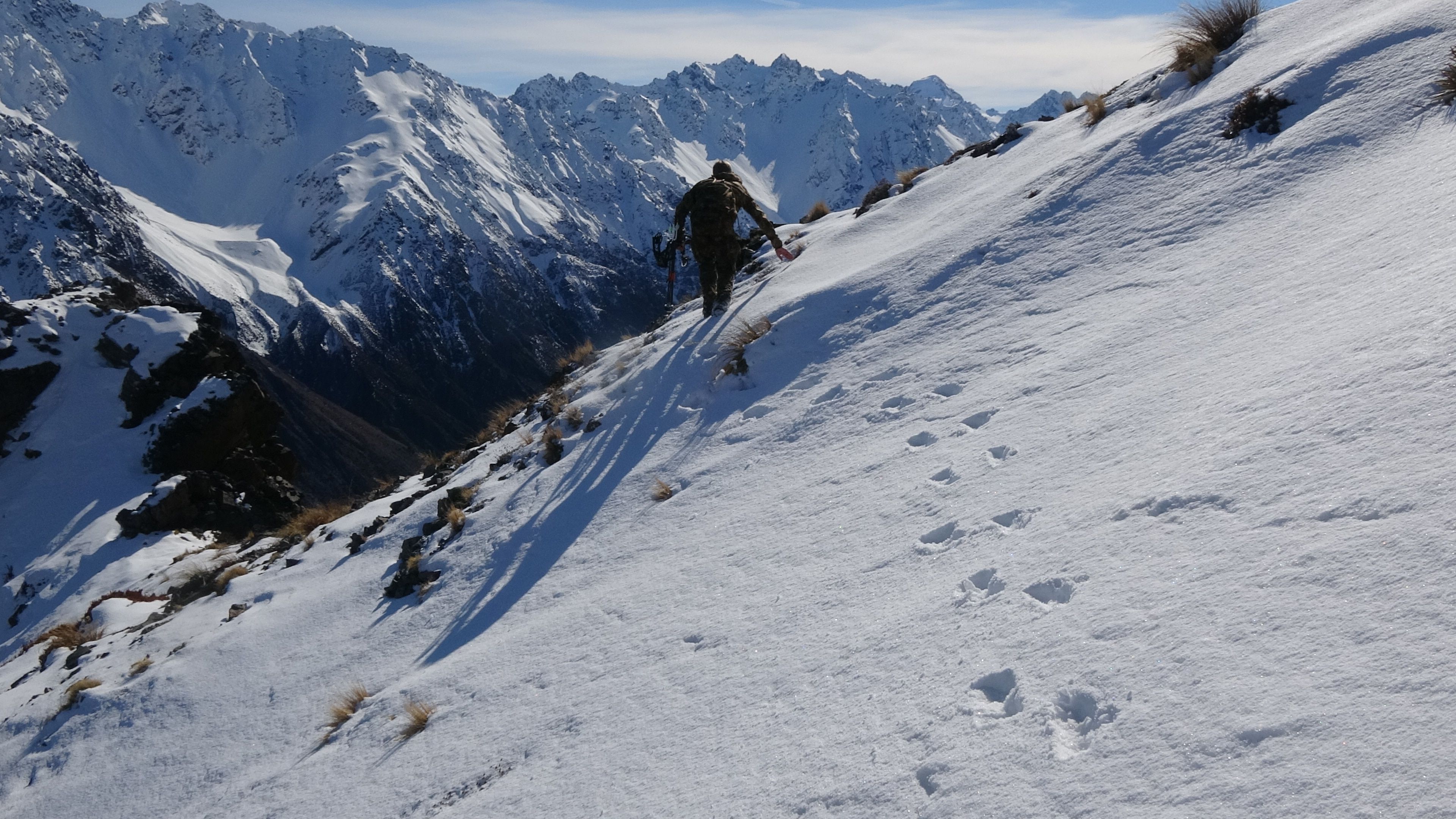
Wool or synthetics as a base layer and midlayer?
A few years ago, I would have said wool. But the synthetics are so good nowadays that both wool and synthetics have their place. It only comes down to personal preference.
Wool has two big things going for it: Number one is that it will still be warm when completely wet. Number two is that I normally never pack extra clothing beside socks to the back country, as it is just more things to carry. It will take a long time before wool starts to smell so you need fewer clothes items when packing wool.
There are two downsides to wool: It not as durable as some of the synthetics. More importantly, wool can soak up a lot of water and therefore take a lot longer to dry then synthetics.
Modern synthetics are not as worm as wool when wet but they are getting close. They also smell a bit more, but some of them are pretty good. They do, however, have a lower weight, hold up better, and take no time to dry. I am personally getting more and more on the synthetic wagon.
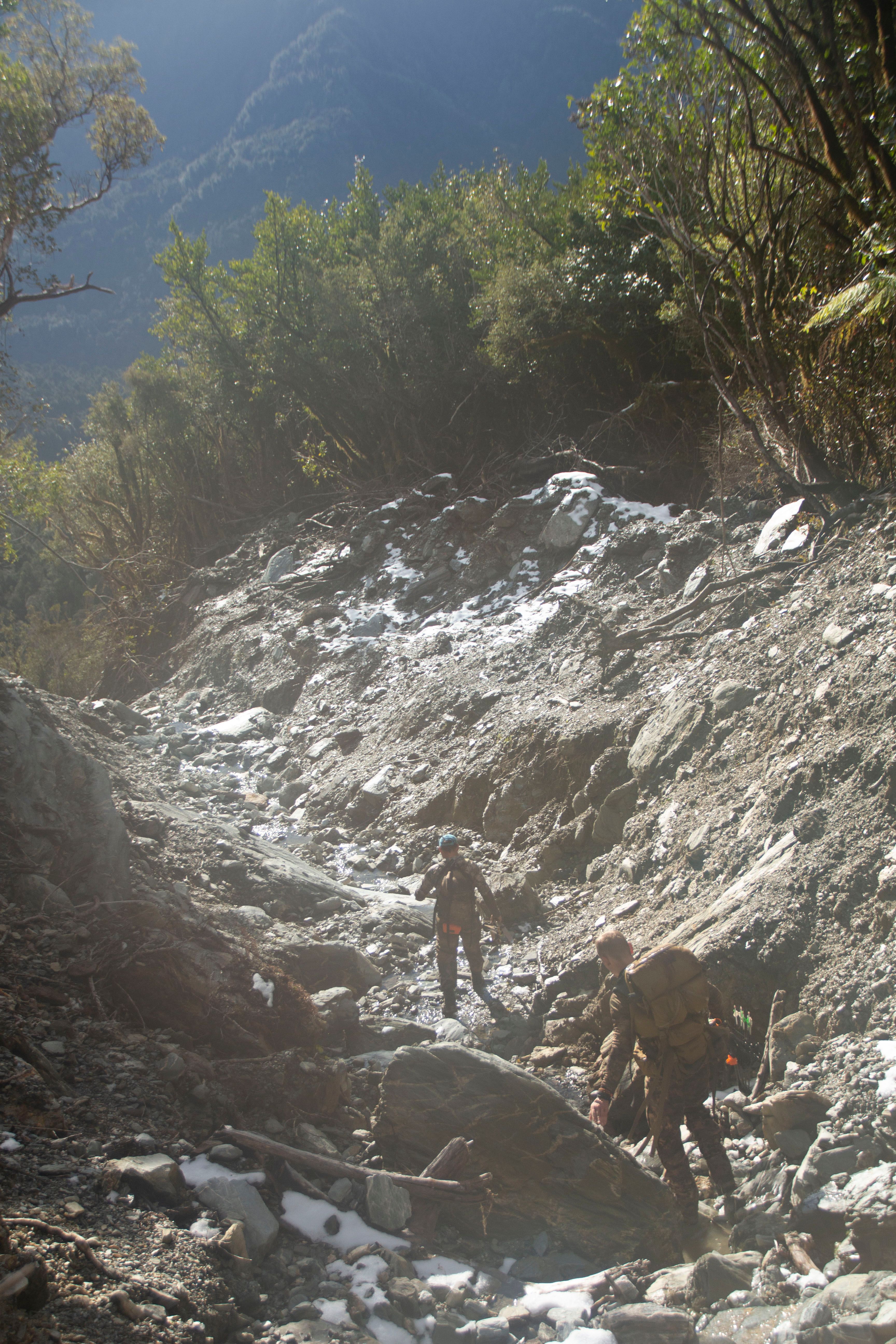
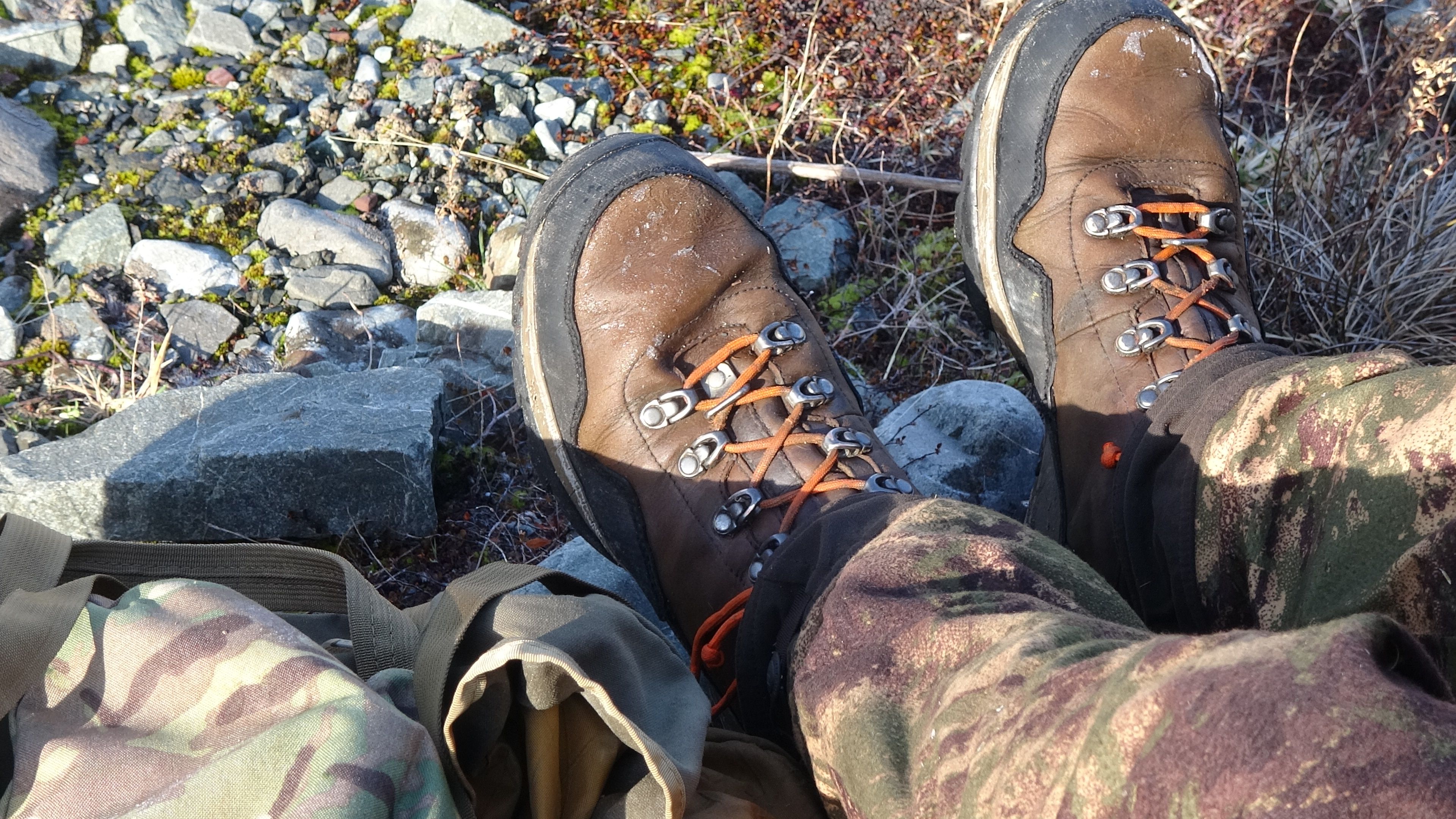
Boots and socks
We have all tried it: you step in a small poodle of water, but the water turns out to be a lot deeper than you thought. Now your boots are full of water.
First thing I will say is buy a pair of gaiters. These will keep your feet dry for much longer and give a longer life to both your boots and pants. Another specialty item is the watertight socks. These are not as nice as normal socks, but if you know you going to have wet boots all day, they are super nice. One bad thing about them is that you cannot dry you boots with them as you can with normal ones. How you do this, I will explain later.
What you do need no matter what when you go back country hunting are woolen socks. Maybe a slight mix, but never synthetic: Wool is warmer when damp/wet, wool smells less and does not get that hard crust felling as much, and they just feel nicer.
I will always bring three pairs of socks – two for hiking and one for camp. The camp pair should be thick and too big so you can take them over the thinner hiking ones to dry them when you sleep.
How to dry
Now that we have gone through the basic of what gear to wear to not get (uncomfortably) wet, let us get on with what you should do when you do get wet.
Walk it off!
Now you have cross that river, but it turned out to be a lot deeper then planed. It is freezing cold, and you do not have a dry piece of clothing on you. What to do?

//THE SIMPLEST WAY OF GETTING DRY//
By far the simplest way of getting dry is just to keep walking. But you need to do it the right way. First you close all your zippers, then you close everything else. No body heat must be able to escape. Now you start walking, the faster the better. You want your body to start heating up. This will keep you from freezing, but it will also start building a pressure on the inside, slowly forcing the water to the outside, thus getting you more and more dry.
This is no way a five-minute solution, but it will do the job at some point. And yes, if you have brought more than one set of clothing to the back country, you could change. But then you still have all your wet clothes with no way to dry them. You can, however, take off your clothes and twist them to get the worst water out before you start walking.
Change your socks a lot
Now we get to why I have two pairs of hiking socks: I have one pair on, another in my backpack, and I start to walk. I then take a break, feet feel awesome, not wet at all. I still take my boots of, and at this point my socks still feel dry. But when you put on your dry socks, you feel straight away that the old pair were damp.
You then put the old pair of still somewhat wet socks on your shoulders under your jacket. That way, both your body heat and the pressure from the backpack shoulder straps will dry them.
Now, let us say that you just been crossing a river and your boots are filled with water. First, empty your boot form the water just sitting there, then do the same sock change as explained. Now you start walking. As soon as your shoulder sock are not wet but damp, you change sock again. You keep doing this and your boot will get as dry as when you left your house. How long it will take, I cannot tell. But most membrane boots I have had took four sock changes to dry.
Sleep it dry
You get back to your tent, but you are still wet, and you do not want to run around your tent all night long. Luckily for you there is another solution: just sleep it dry. It may seem too good to be true, it is not. But you are going to sleep in all your wet cloths. This solution does, however, require a synthetic sleeping bag, not a down one. The problem with a down one is the down will collapse, leaving the bag worthless.
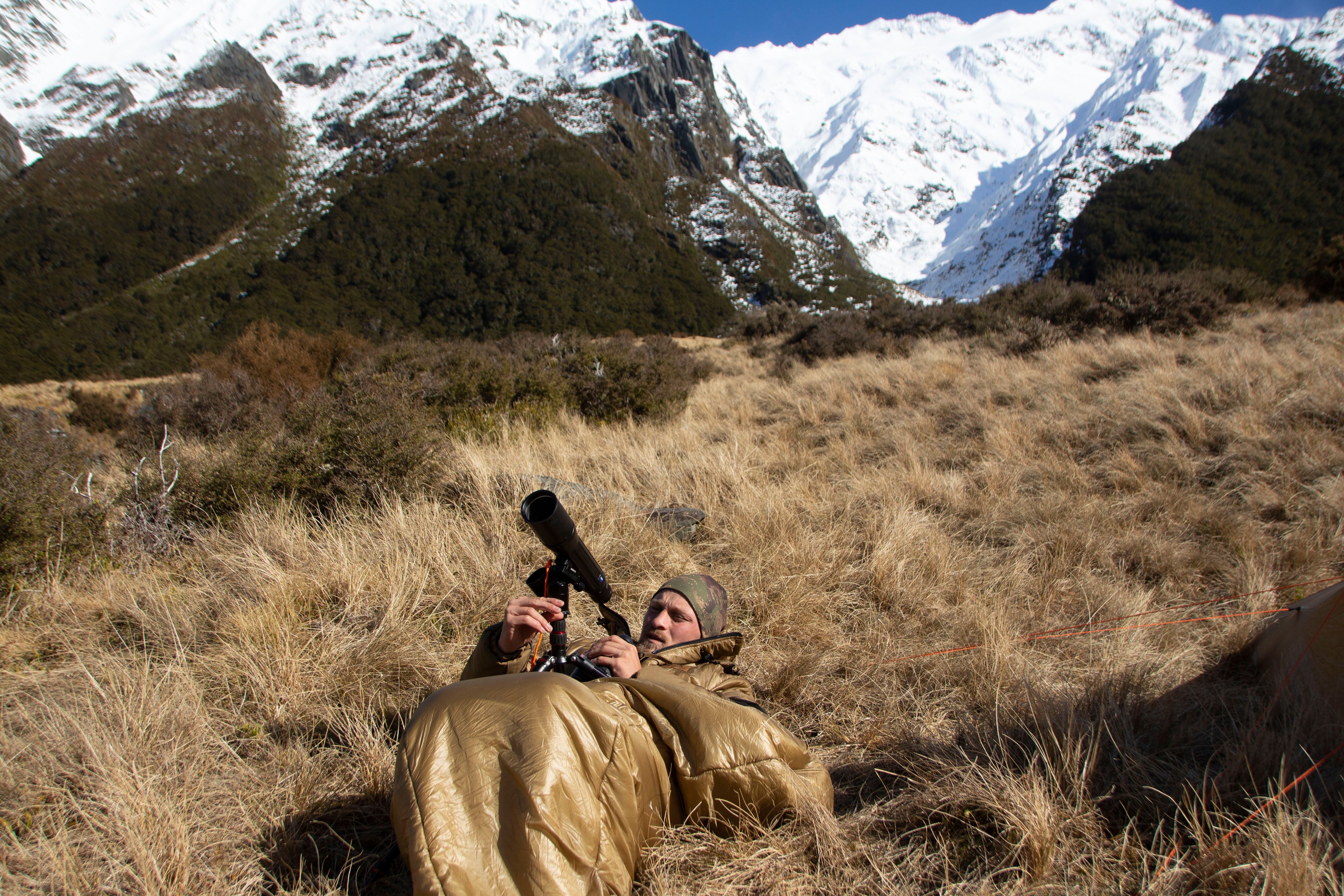

If you on top of that put on a puffy vest and trousers, even better. Again, they need to be synthetic, not down, I cannot stress this enough. You put on your puffy clothes on top of your wet gear and close them. I have slept with my boots on in the Army which is not nice. So instead, I put them in a stuff sack from my backpack, not watertight, and stuff them in the bottom of my sleeping back. Over my wet sock I put on my camp socks.
Now I am ready for bed, so I crawl into my sleeping bag and zip it to the top. It would be a big lie to tell you that this is a nice way to go to bed. But it does not take a long time to get warm, still wet but warm, and if you are tired enough, you do not care. The important part is to keep your sleeping bag closed all night even if it gets a bit warm: you do not want it to lose that pressure that is pushing the water out.
I did this in New Zealand, five minutes after crossing a river with freezing water up to my chest. And I woke up the next morning and found my sleeping back soaked on the outside, but the inside and me being completely dry one the inside. If we are talking just damp clothing, you do not need to sleep in it, just sleep on in inside the sleeping back, or put it in the foot end. It will not dry as well as when you wear it, but it still works.
The thing I am telling you not to do
Back in my Army days, I heard whispers of a banned way to dry. Banned because people had burned themselves and gotten really sick from carbon monoxide poisoning. If you did however learn it, no higher up would tell you off for doing it, as they properly did it themselves.
So, I am going to tell you how to do it, just so you can tell other people not to do it. And do not do it when you are really wet on a windy mountain side in New Zealand, looking for tahr on a cold August day. Because I have never done that, of course.
They call it the Finnish sauna, and what you need is a burner and tarp. You take the tarp and wrap it around you, as snuck as possible. If you a bit concerned about safety, make a small hole for your mouth to stick out. Then you light the burner between your feet. This will quickly warm up your small homemade sauna, and soon you will find yourself a lot drier. And once again, I have of course never been caught doing this, and as there are no photos, I have not done it.